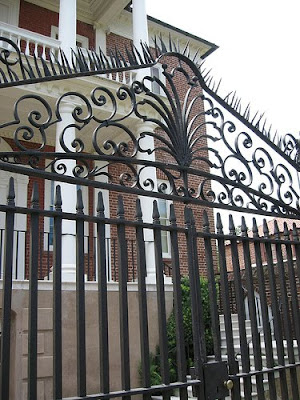
Some time ago, I walked you through how to create your own 80's-tastic gated drum sounds. As with just about anything related to music production, however, there is more than one way to achieve an end. So today I want to show you an alternate, slightly more flexible way to create gated drum sounds.
The first step is to select your drum sounds. Once you have done so, apply a medium length hall or plate reverb to the sound in question. Whether you do this as a send or insert, you want a ratio of about 80% dry to 20% wet.
Once you've selected a reverb you like, go ahead and bounce your drum sound down to an audio file. Trim off any excess 'dead space' and load it into your sampler of choice.
Usually, when dealing with drum sounds, you'd select your sampler's "cycle" mode which plays the sample from start to finish no matter how long you hold down the key that triggers it. In this case, however, we want to turn this mode off so that the sample only plays as long as you are holding down a key.
Once you've done this, you can control the length of the "gate" simply by changing the length of the MIDI note. The advantage this holds over traditional gating is that literally each note can have its own gate length allowing for much more dynamic gated effects. For example, you can have a long reverb on the 2 and the 4, and have short, cut off "ghost" notes playing in between. The effect is wonderfully artificial and "fake" sounding, but can lead to some very cool sounding rhythms if you play around with it enough.




















1 comment:
supposedly phil collins was the first to use this type of sound!
thanks for sharing! see you tonight!!!
Post a Comment